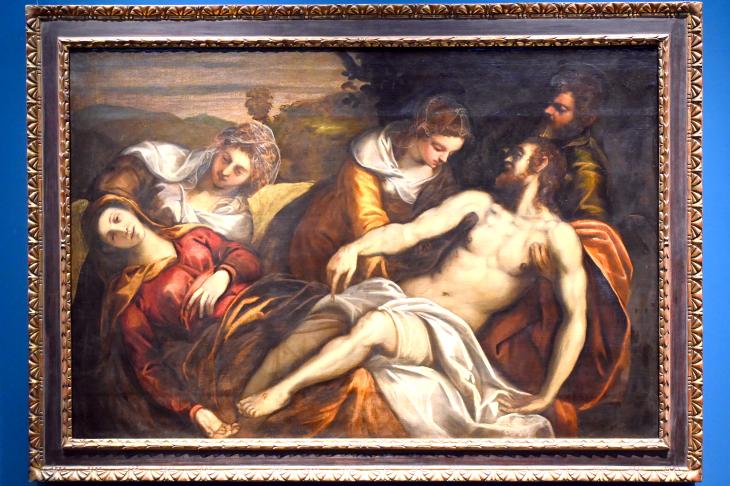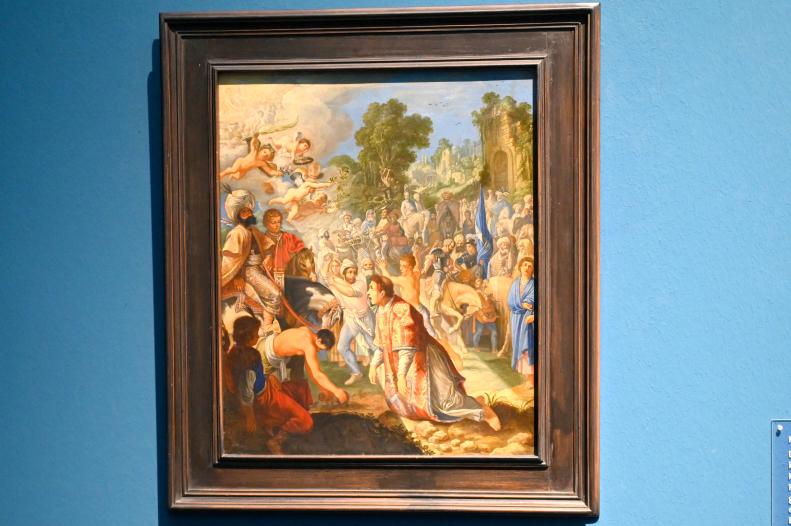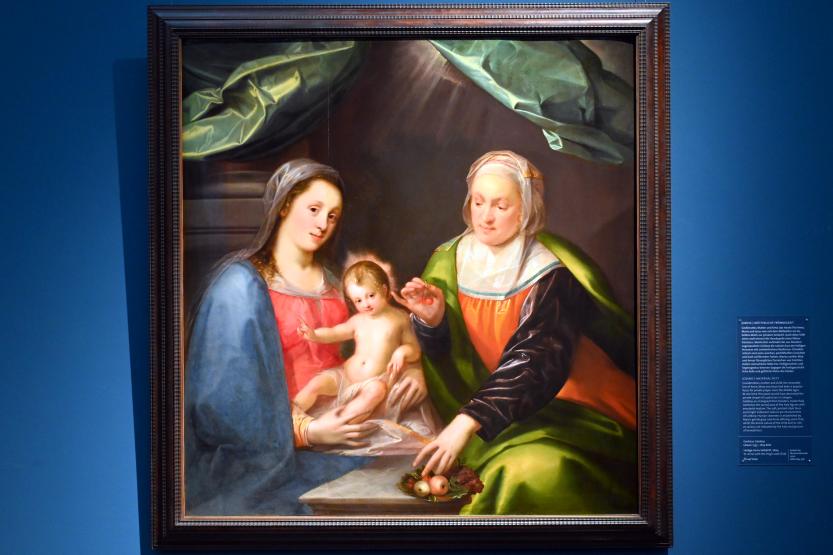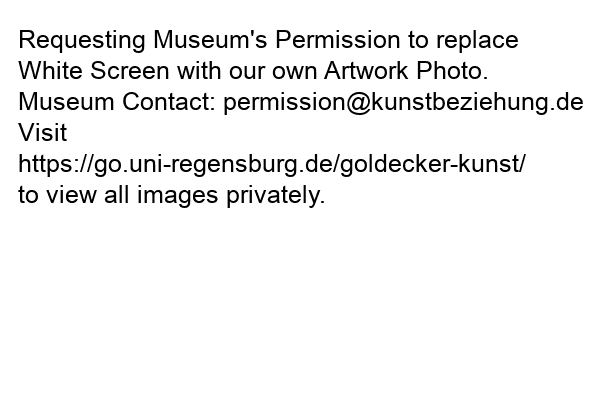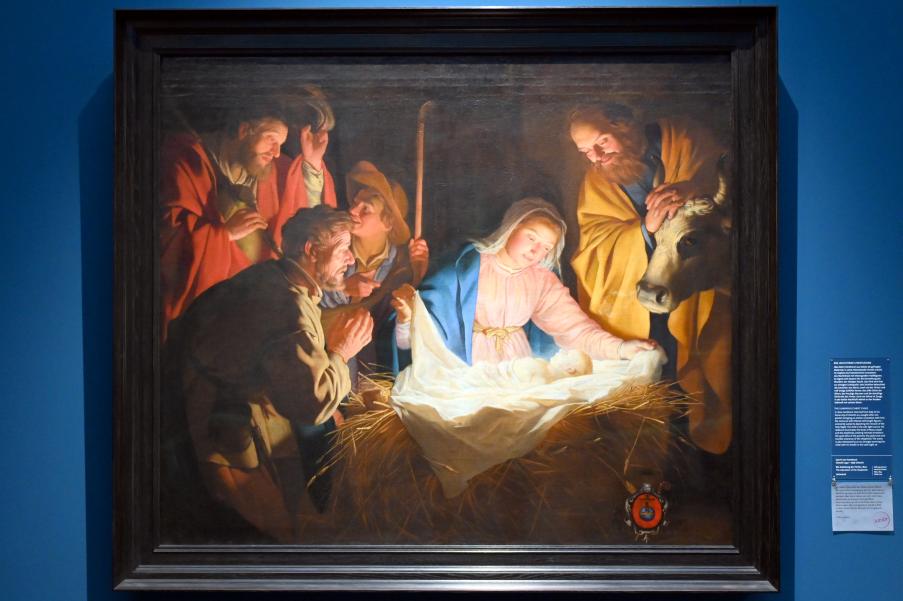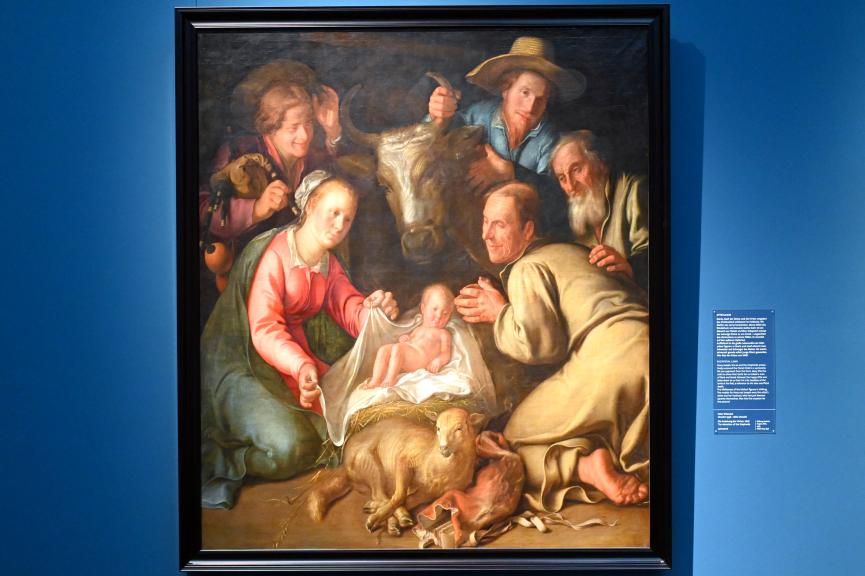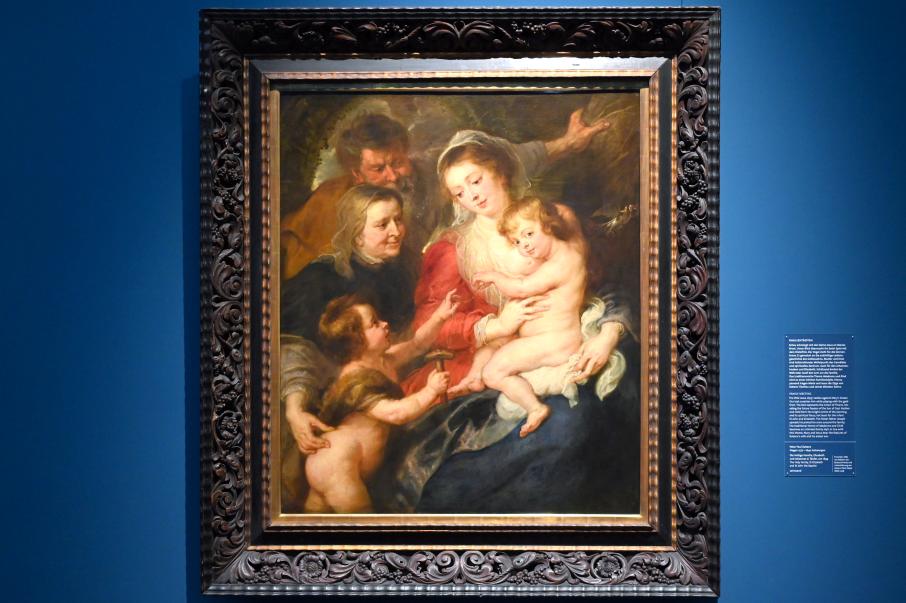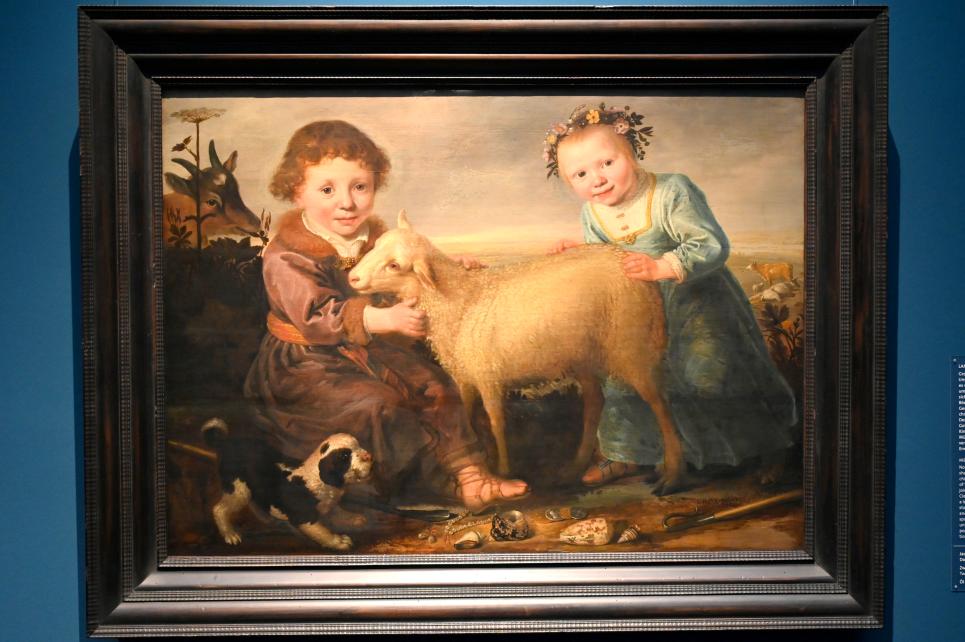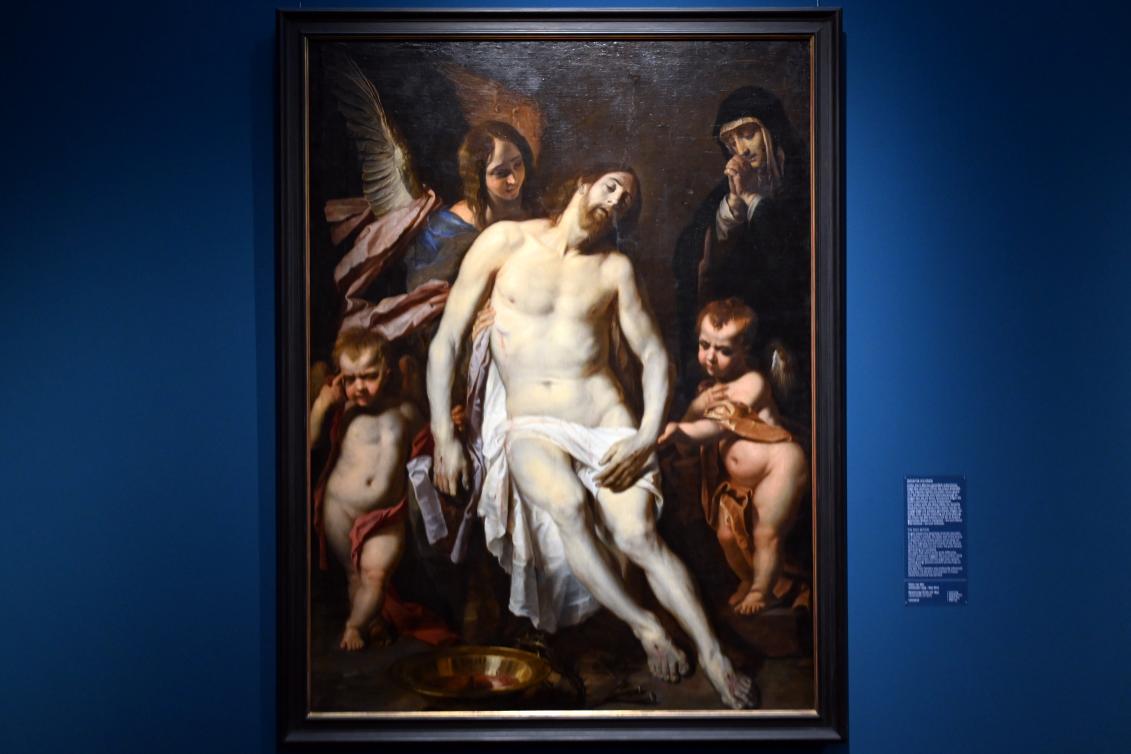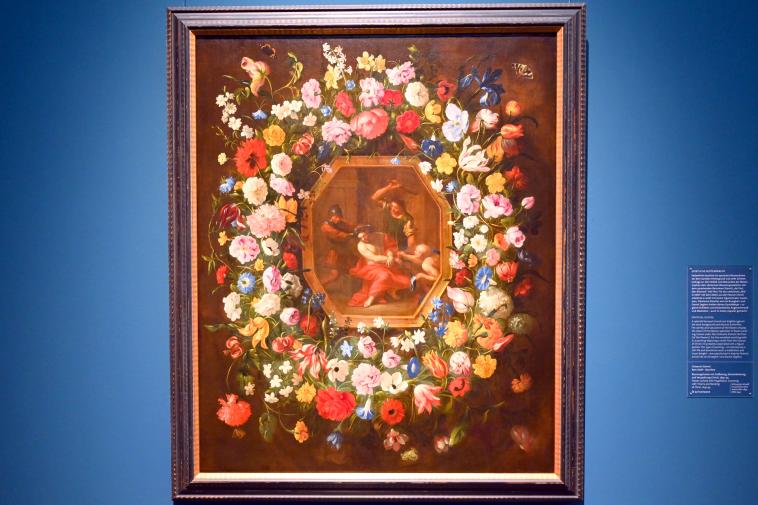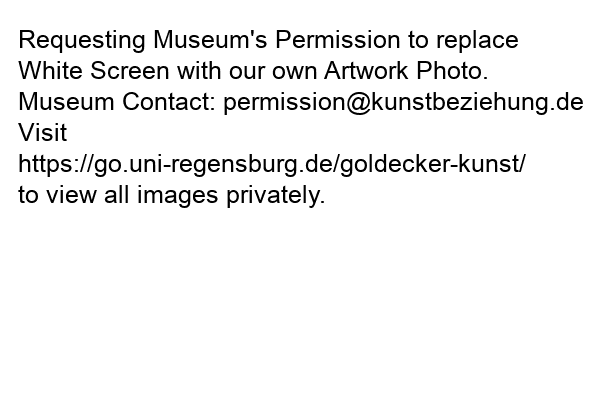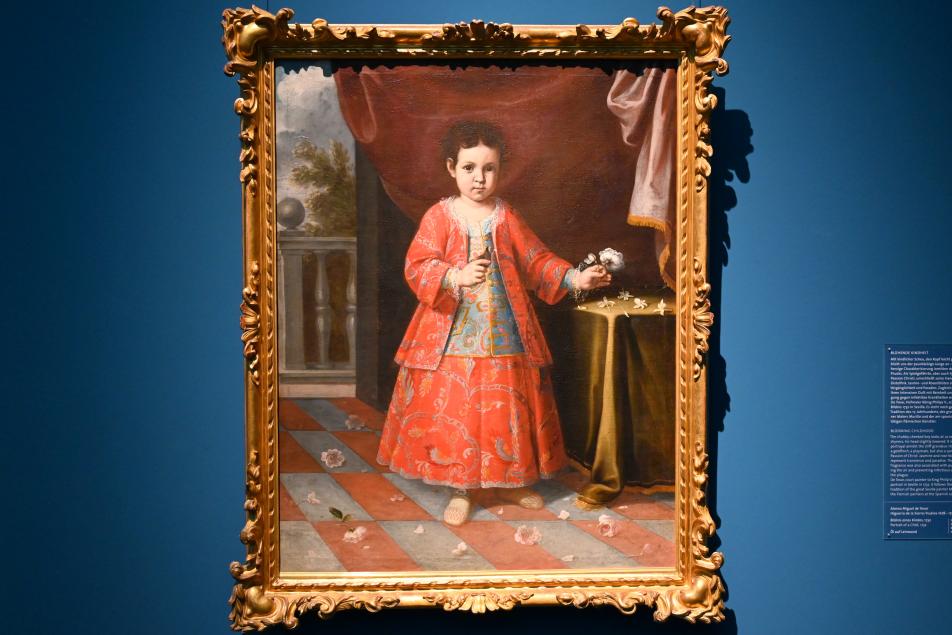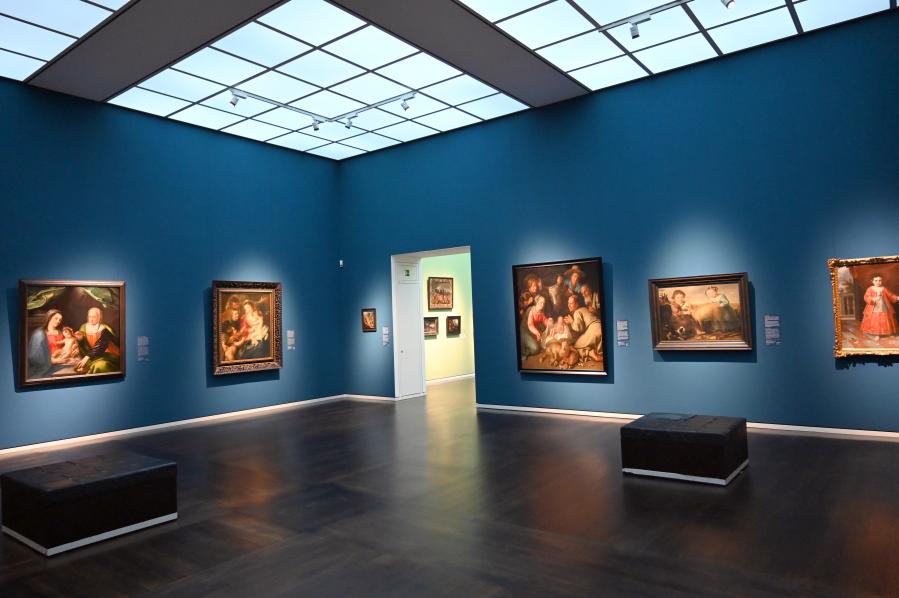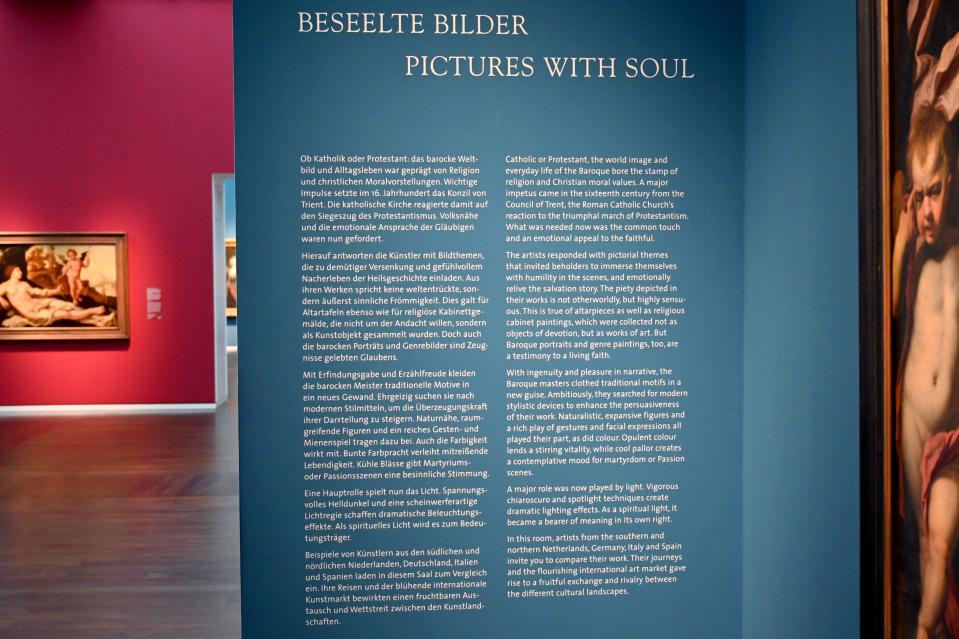Position Köln, Wallraf-Richartz-Museum
Bedeutende Künstler in Köln, Wallraf-Richartz-Museum, Barock - Saal 2 (1575–1732)
Künstler in Köln, Wallraf-Richartz-Museum, Barock - Saal 2
Alonso Miguel de Tovar
1678 Higuera de la Sierra - 1752 Madrid
Gerrit van Honthorst (Gerard van Honthorst)
1592 Utrecht - 1656 Utrecht
Giovanni Stanchi
1608 Rom - um 1673 Rom
Gortzius Geldorp
1553 Löwen - um 1616 Köln
Jacob Gerritsz. Cuyp
1594 Dordrecht - 1652 Dordrecht
Peter von Mol
1599 Antwerpen - 1650 Paris
Peter Wtewael
1596 Utrecht - 1660 Utrecht
Köln, Wallraf-Richartz-Museum, Barock - Saal 2 (Inventar-Nr. WRM 277)
um 1575
Köln, Wallraf-Richartz-Museum, Barock - Saal 2 (Inventar-Nr. WRM 460)
um 1600–1602
Köln, Wallraf-Richartz-Museum, Barock - Saal 2 (Inventar-Nr. WRM 978)
1604
Jetzt: Köln, Wallraf-Richartz-Museum, Barock - Saal 2 (Inventar-Nr. WRM 1043)
1615–1616
Köln, Wallraf-Richartz-Museum, Barock - Saal 2 (Inventar-Nr. WRM 896)
1628
Köln, Wallraf-Richartz-Museum, Barock - Saal 2 (Inventar-Nr. WRM 1003)
1638
Köln, Wallraf-Richartz-Museum, Barock - Saal 2 (Inventar-Nr. WRM 1415)
um 1640
Köln, Wallraf-Richartz-Museum, Barock - Saal 2 (Inventar-Nr. WRM 2345)
1667–1669
Köln, Wallraf-Richartz-Museum, Barock - Saal 2 (Inventar-Nr. WRM 2039)
1732
Köln, Wallraf-Richartz-Museum, Barock - Saal 2
Herkunftsorte
